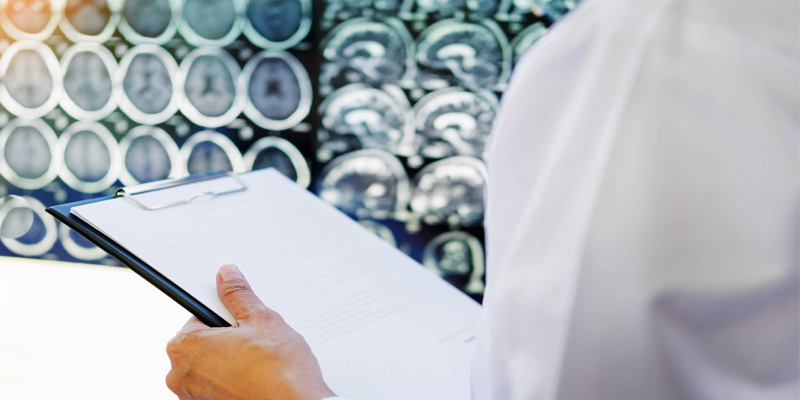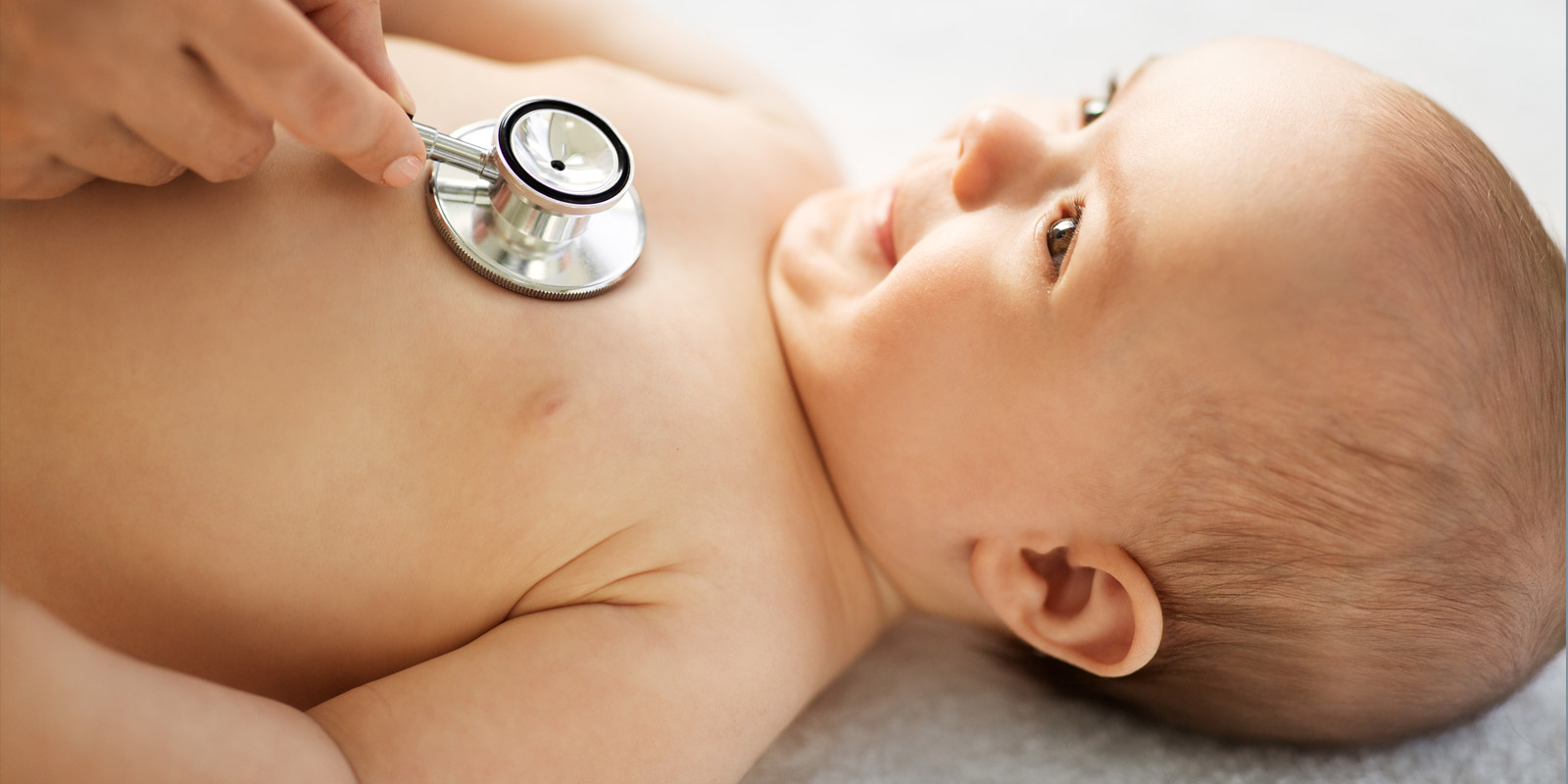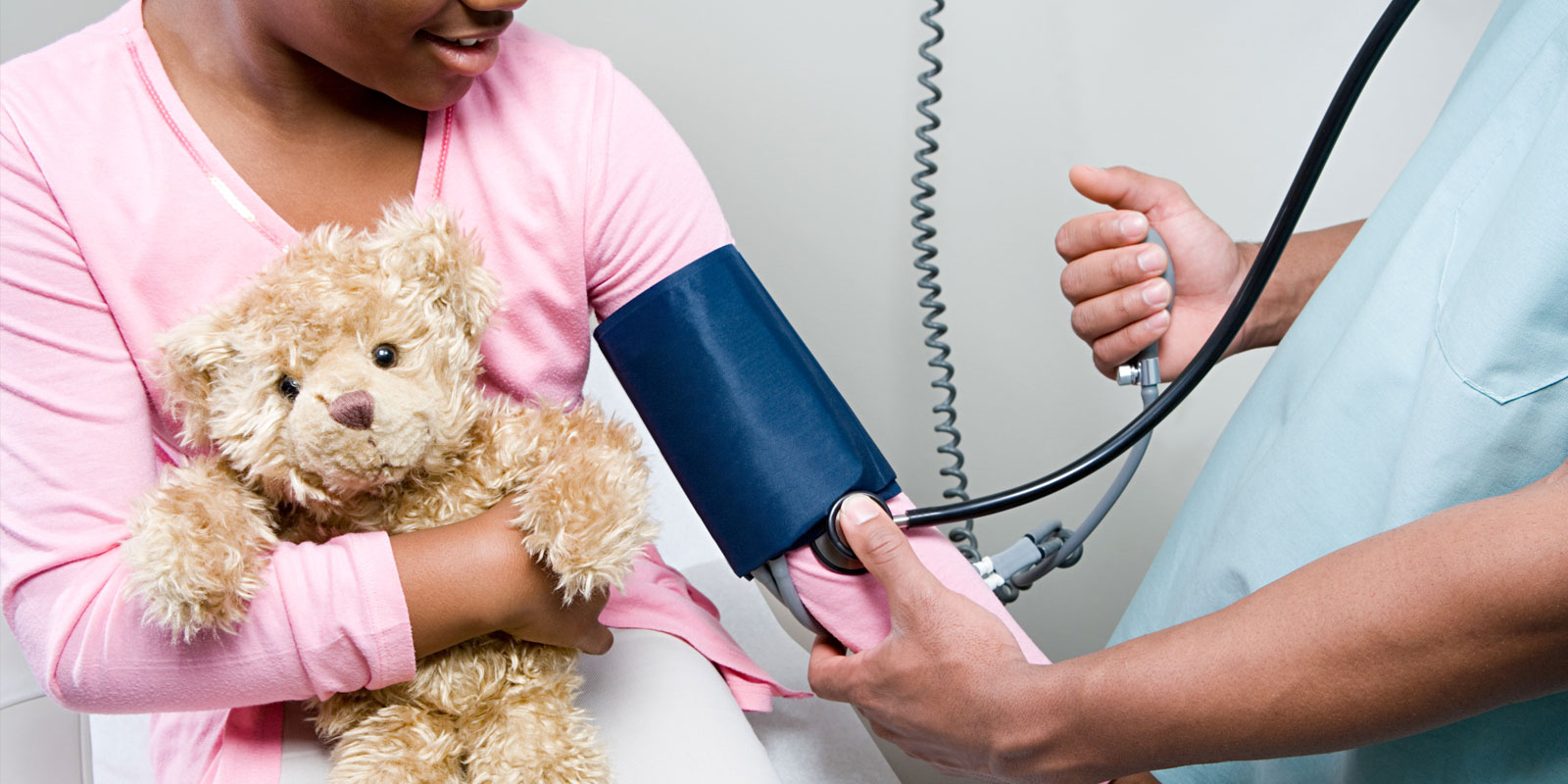Neuromuscular Disease
A neuromuscular disease is a disorder that affects the peripheral nervous system.
The peripheral nervous system includes:
- muscles
- the nerve-muscle (neuromuscular) junction
- peripheral nerves in the limbs
- the motor-nerve cells in the spinal cord (other spinal cord or brain diseases are not considered “neuromuscular” diseases).
What Are Neuromuscular Disorders?
This broad term includes a range of diseases and disorders that affect muscle functions and their nervous systems. It affects the voluntary muscles – ones that we control – such as arms and legs.
Communication breaks down between the muscles and the nerves that control them. Over time, the muscles weaken and waste away. Below we go into more detail about what are some specific types of neuromuscular diseases.
Symptoms of Neuromuscular Impairment
Neuromuscular disorders are sometimes genetic, hereditary, or caused by immune system disorders.
Patients with neuromuscular diseases may experience some of the below symptoms, among a host of others:
- weakness
- loss of muscle bulk or muscle atrophy
- muscle twitching
- cramping
- numbness
- muscle pain
- tingling.
Neuromuscular Disease Treatment
While there is currently no cure for treating neuromuscular diseases, research is ongoing for genetic therapies and medication in search of a cure.
The goal of neuromuscular treatment is to monitor and address symptoms, delay progression, and improve quality of life.
Treatment options can include:
- medication
- physical and occupational therapy
- in some cases, surgery is clearly prescribed, which an expert can advise you on.
Many symptoms are addressed as they arise. Ongoing monitoring and timely treatment can be important, especially with respect to spine-related issues.
Multidisciplinary treatment is usually required. The attending neurosurgeon needs expertise with the musculoskeletal system, as well as be aware of a variety of areas, such as respiratory and heart functions and nutrition. The power of combined knowledge is one of ANA’s strong points. Read about our “no-walls clinic” approach to treatment.
Types of Neuromuscular Disorders
Spinal muscular atrophy
Spinal muscular atrophy (SMA) is a genetic neuromuscular disease that attacks nerve cells, called motor neurons, in the spinal cord. These cells communicate with voluntary muscles – the ones you can control, like in your arms and legs. As the neurons die, the muscles weaken. This can affect walking, crawling, breathing, swallowing, and head and neck control.
It is commonly seen in babies and children and can worsen with age if left untreated. It can also appear later in age, although it is rare and the symptoms are usually milder.
Spasticity
Spasticity, or excess muscle tone, can have a variety of consequences ranging from mild functional limitation to severe disabling spasms and incapacitating contractures.
A number of underlying disorders can cause spasticity, including:
- cerebral palsy
- traumatic brain or spinal cord injury
- multiple sclerosis
- stroke
- meningitis
- congenital anomalies such as spina bifida and related conditions.
In the United States, cerebral palsy occurs in approximately two children per 1,000, and as many as one million people are affected. Among those with cerebral palsy, 70 to 80 percent of patients have spasticity.
The most disabling features of spasticity are muscle shortening, motor weakness, and stretch-dependent muscle overactivity (spastic co-contraction and spastic dystonia). Because of this, even the simplest activities of daily living may be affected. These include walking, talking, swallowing, or use of the hands. Additionally, spasticity results in constant stress and abnormal growth forces, which cause muscle and joint contractures, as well as skeletal deformities.
Since spasticity is caused by a number of disorders and can vary in severity, it is important to consider each patient’s individual case for a treatment plan and goals. The importance of this treatment cannot be overstated, as it can result in long-term increased function and comfort, and fewer subsequent medical conditions and surgical procedures that address deformities, particularly of the extremities and hips.
The effectiveness of neurosurgical treatments for pediatric movement disorders such as spasticity has increased significantly since the mid-1990s. Treatment for spasticity includes Baclofen Pump, as well as Selective Dorsal Rhizotomy (SDR).
Widely in use since the 1980s, SDR is one of the most scientifically scrutinized surgical procedures and the most commonly used for symptoms of cerebral palsy. In this surgery, the spasticity-causing nerves are identified and cut.
SDR surgery has been shown to reduce spasticity, improve gait patterns and range of motion, and make it possible to perform normal daily activities. Dr. Arno Fried is an expert in SDR, having presented a paper on this procedure. He has performed hundreds of these operations.
Upper and Lower Motor Neuron Pathologies
The motor neuron diseases (MNDs) are a group of progressive neurological disorders that destroy motor neurons, the cells that control essential voluntary muscle activity such as speaking, walking, breathing, and swallowing. Normally, messages from nerve cells in the brain (called upper motor neurons) are transmitted to nerve cells in the brain stem and spinal cord (called lower motor neurons) and from them to particular muscles. Upper motor neurons direct the lower motor neurons to produce movements such as walking or chewing. Lower motor neurons control movement in the arms, legs, chest, face, throat, and tongue.
When there are disruptions in the signals between the lowest motor neurons and the muscle, the muscles do not work properly; the muscles gradually weaken and may begin wasting away and develop uncontrollable twitching (called fasciculations). When there are disruptions in the signals between the upper motor neurons and the lower motor neurons, the limb muscles develop stiffness (called spasticity), movements become slow and effortful, and tendon reflexes such as knee and ankle jerks become overactive. Over time, the ability to control voluntary movement can be lost.
Cerebral Palsy
The term cerebral palsy refers to any one of a number of neurological disorders that appear in infancy or early childhood and permanently affect body movement and muscle coordination but do not worsen over time.
Even though cerebral palsy affects muscle movement, it is not caused by problems in the muscles or nerves. It is caused by abnormalities in parts of the brain that control muscle movements.

Spinocerebellar Degeneration or Ataxia
Spinocerebellar degeneration or ataxia often occurs when parts of the nervous system that control movement are damaged. People with ataxia experience a failure of muscle control in their arms and legs, resulting in a lack of balance and coordination or a disturbance of gait.
The phrases cerebellar degeneration and spinocerebellar degeneration are used to describe changes that have taken place in a person’s nervous system; neither term constitutes a specific diagnosis.
Progressive Muscular Atrophy
Progressive muscular atrophy affects only lower motor neurons in the spinal cord. It is marked by slow but progressive degeneration of the lower motor neurons. It largely affects men, with onset earlier than in other MNDs. Weakness is typically seen first in the hands and then spreads into the lower body, where it can be severe.
Progressive Bulbar Palsy
Progressive bulbar palsy, also called progressive bulbar atrophy, involves the brain stem – the bulb-shaped region containing lower motor neurons needed for swallowing, speaking, chewing, and other functions.
Polymyositis
Polymyositis is a rare inflammatory disease that leads to muscle weakness, swelling tenderness, and tissue damage. It is part of a larger group of diseases called myositis.
Polymyositis affects the skeletal muscles. It is also known as idiopathic inflammatory myopathy. The exact cause is unknown, but it may be related to an autoimmune reaction or infection.
Dysautonomia
Dysautonomia is a severe, debilitating sequela of acquired brain injury (ABI). It is characterized by dysfunction of the autonomic nervous system with resultant disturbances in temperature and hemodynamic homeostasis, and dystonic muscle contractions.
- Complex regional pain syndrome: (also referred to as reflex sympathetic dystrophy and causalgia) represents soft tissue complications of musculoskeletal injuries that cause pain out of proportion to the injury, and autonomic nervous system dysfunction manifested by hyperhidrosis and vasomotor instability.
- Multiple system atrophy (Shy-Drager syndrome): usually develops in middle to late life as orthostatic hypotension associated with uncoordinated movements, urinary incontinence, constipation, and other signs of neurologic deficits referable to the corticospinal, extrapyramidal, corticobulbar and cerebellar systems.
- Pure autonomic failure: a sporadic, idiopathic cause of persistent orthostatic hypotension and other manifestations of autonomic failure such as urinary retention, impotence, or decreased sweating.
Muscular Dystrophy
Muscular dystrophy is a term applied to a number of genetic disorders that produce progressive deterioration of skeletal muscles because of mixed muscle cell atrophy, atrophy, and necrosis.
Arthrogryposis
Arthrogryposis is a condition when a child is born with joint contractures. The muscles around these joints are thin, weak, stiff or missing. Extra tissue may have formed around the joints, holding them in place.
Congenital Hypotonia
Congenital Hypotonia is a condition that decreases muscle tone in infants or adults existing from birth. Infants with hypotonia seem floppy and feel like a “rag doll” when held. They may have poor or no head control; the head may fall to the side, backward, or forward.

